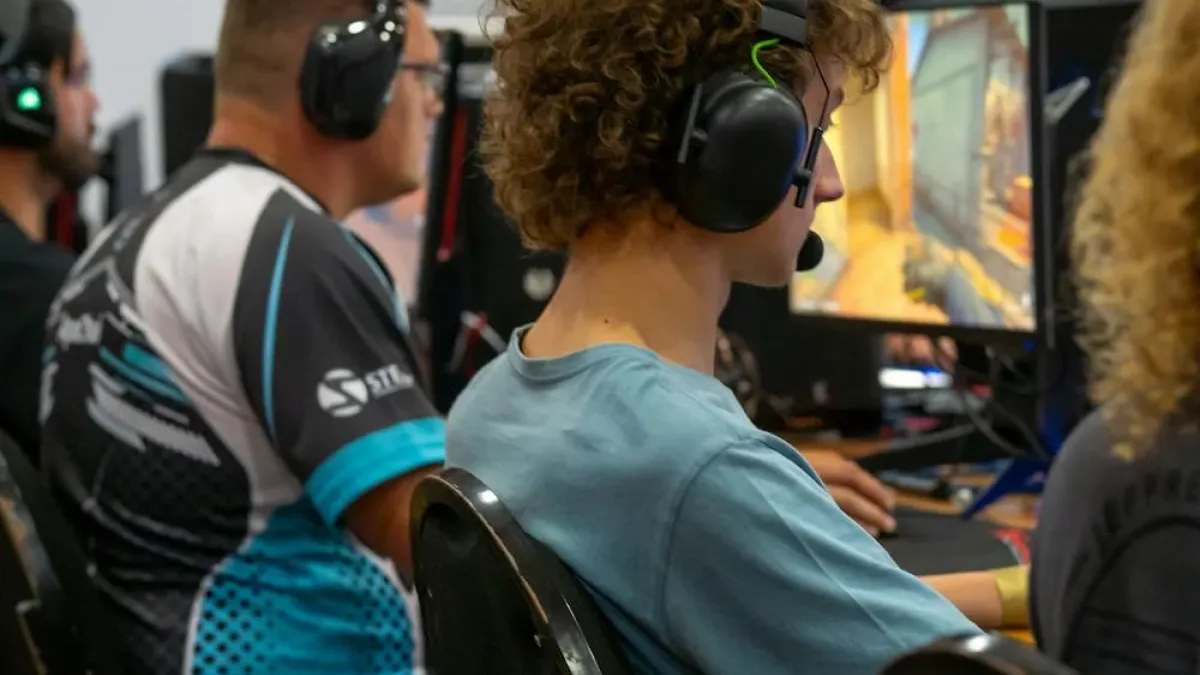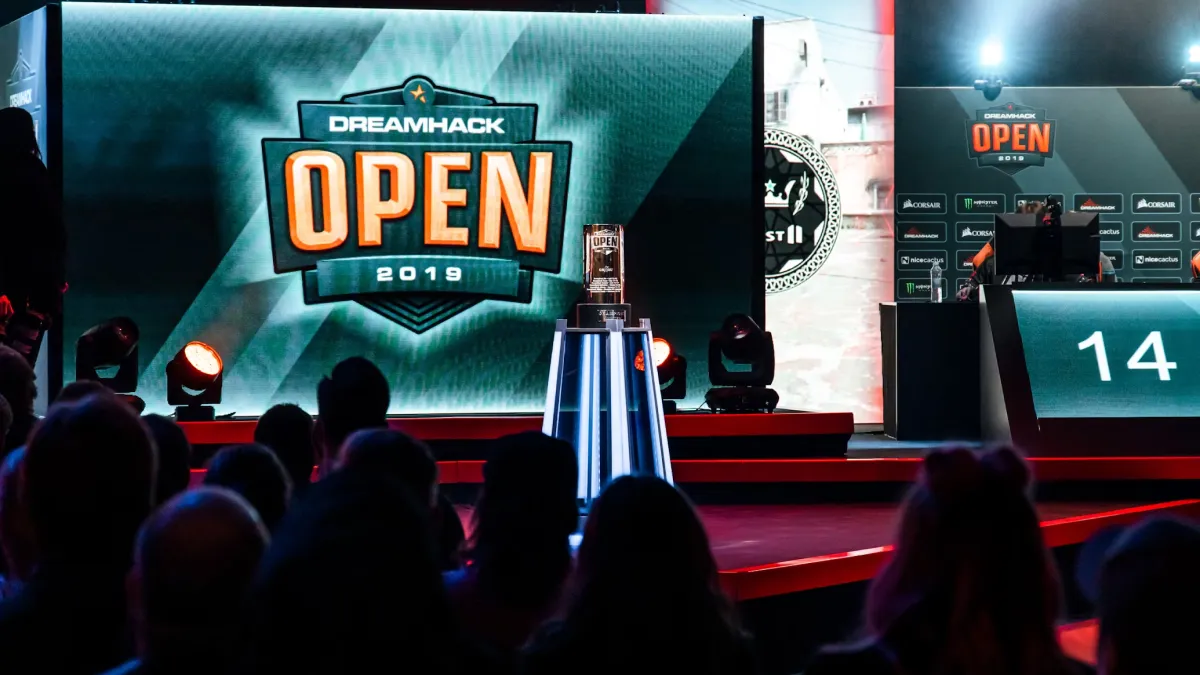Notable Game Updates and Their Impact on Competitive Play

The Game Update: A necessary evil of gaming They patch issues, roll out features, and on occasion, wreak havoc. In competitive gaming, however, an update can mean everything: from a thrilling new mechanic to an unbalanced nightmare that boils the player base. So let’s discuss some of the key updates that have disrupted the esports sphere.
The Big Balancing Act
Balance changes are among the most hotly discussed elements of a game update. Developers commonly adjust characters, weapons, or traits so that no single playstyle becomes overpowered. Sounds good, right? But there’s a catch: a balance patch can torch the entire competitive scene. An example of this could be a game like Valorant—an update could bring a new character whose abilities are ridiculous and ruin the balance of the whole game. Competitive players have been catching up on months of strategizing only for one patch to flip everything upside down.
It’s a bit like putting together the perfect sandwich, only to have someone replace your favorite bread with some extra crunchy stuff. Yeah, it’s still a sandwich, but not like this. The result? A whole new meta where everyone is trying to catch up, and the esports side of things feels like it’s in complete disarray. But at least it makes things interesting, I suppose?
The Meta Shift
Next up, a huge contributor to a competitive meta: game updates! For those unfamiliar, the meta — short for “most effective tactic available” — is the strategies and techniques that are currently considered to be the most effective in a given game, which often centers around how players select characters or weapons. One small update can suddenly make a particular character overpowered, or it can make a previously powerful strategy irrelevant.
For example, Let’s take Fortnite. “One day, maybe they’ll add a new weapon or feature and it’ll just throw everything out of whack. All of a sudden, top-tier players are forced to learn the new meta, and esports tournaments are just a little more chaotic. This is both good and bad—especially when preparing for esports tournaments. It brings with it exciting new challenges and adventures even, but it also means players may feel like they’re chasing ghosts.
Related
Patch Notes: The Most Dangerous Weapon
In competitive games, the patch notes are akin to the holy scriptures. Any change, no matter how minute, will be inspected with a paranoia-like lens. Players pore over patch notes for hours, searching for that one little change that may give them an advantage in the next esports tournament. But let’s be honest, some updates come with a generous serving of unpredictable chaos.
For example, a benign patch to fix a minor bug in a game can inadvertently introduce a game-breaking exploit that slipped through the testing process. Picture this. You’re a live event with an amazing game like the Esports World Championship→ and All of a sudden, boom! ——a game update really upends your whole strategy. All of a sudden, you have to adjust to new mechanics or suffer through a deeply flawed matchmaking system that makes you wonder why you ever wanted to compete in the first place.
The Bright Side: New Features and Upbeat Amendments

But let’s not get all doom and gloom here! Not all updates are bad. Some can even make competitive play more interesting and fun. One prevalent example of this is League of Legends, as we have season updates more frequently which brings new champions and/or new mechanics to the game for further depth. For competitive players, this can be a breath of fresh air – new champions usher in new strategies, forcing everybody to rethink their approach.
In fact, some updates add so many layers, they influence upcoming esports tournaments. This will make it all the more exciting to watch as a spectator or be a participant in the tournaments in 2024 as new game modes and content look like they’re being introduced. And if we’re lucky, perhaps we’ll catch some highlights from the tournaments that showcase wild plays including some of the new features.
Of Course The Esports Community Is Not Going To Just Sit On The Sidelines, It Will Have To Adapt.
Competitive players will be competitive players—adaptation is all in a day’s work. The best player in terms of the leader-boards is often simply the one highest up on the patch balance train. But, if you’re a casual player, simply trying to have fun with the game, updates can definitely feel like an endless uphill climb. One day you’re king of the world, and the next you’re crawling to the ground and wondering how your favorite champion became unplayable.
But that’s the great thing about competitive gaming — it’s never static. Casual gamers and esports champions alike need to pay attention to updates, that’s enough to keep all players on their toes. They bring excitement, challenges, and, let’s be real, a little rage when things don’t work as planned.
Conclusion: The Vicious Cycle
While updates are crucial in ensuring that games stay fresh, they do also play an integral role in the competitive ecosystem. Whether it’s a timely balance change that destroys your favorite strategy, or an update that serves up a new flavor of the meta, there is always something new in the world of competitive play. And as we move into the next round of esports tournaments ahead of us, it is safe to say that the esports community will continue to change, one patch at a time.
So, take up your gaming keyboard and watch the patch notes very, very carefully, because in the end, adaptability in the world of competitive gaming is everything. After all, if you have to start planning around the updates again, you may as well be getting ranked in a tournament stream about it. Happy gaming!
FAQ
-
Game updates are patches or changes developers implement to fix bugs, introduce new features, adjust balancing, or add content. In esports, updates are critical because they can refresh gameplay, keep the meta dynamic, and introduce challenges. However, they also risk disrupting existing strategies and creating temporary imbalances.



